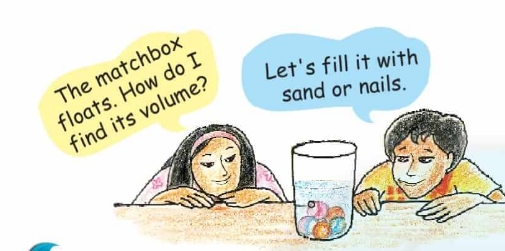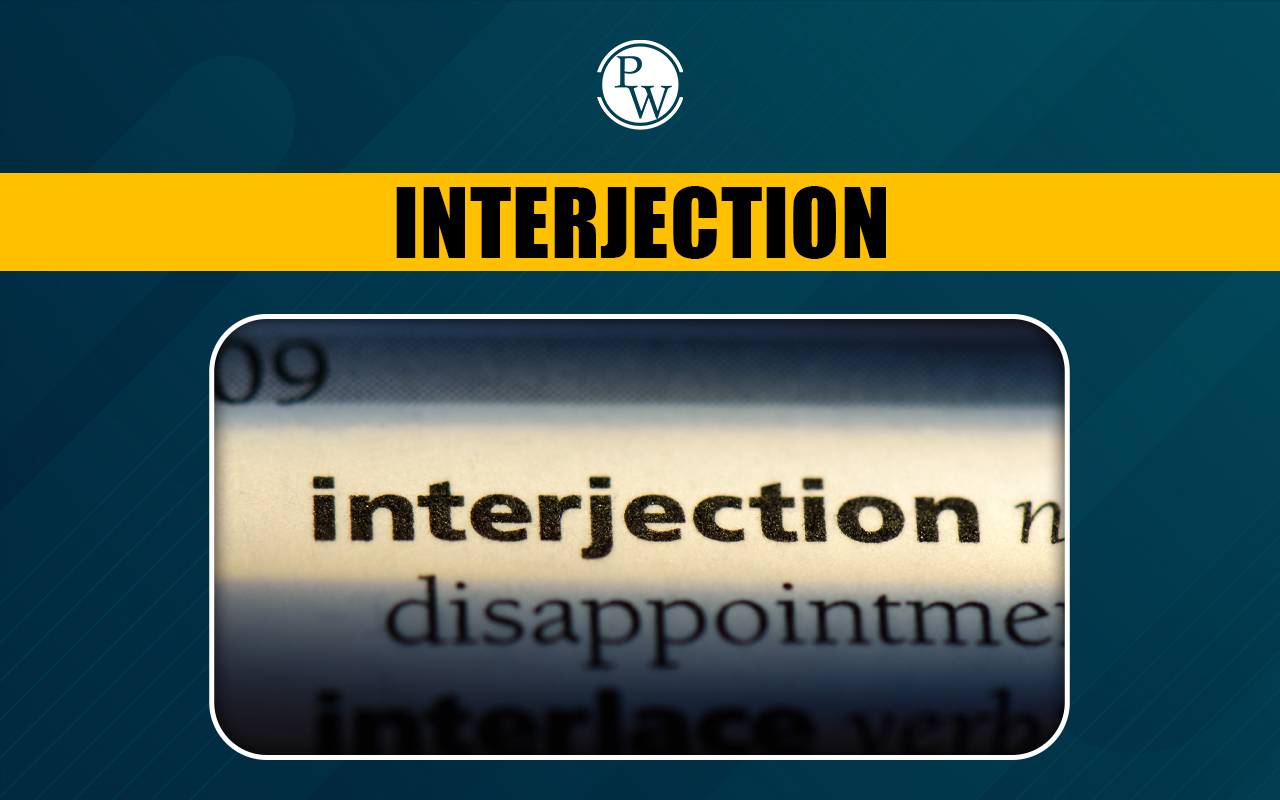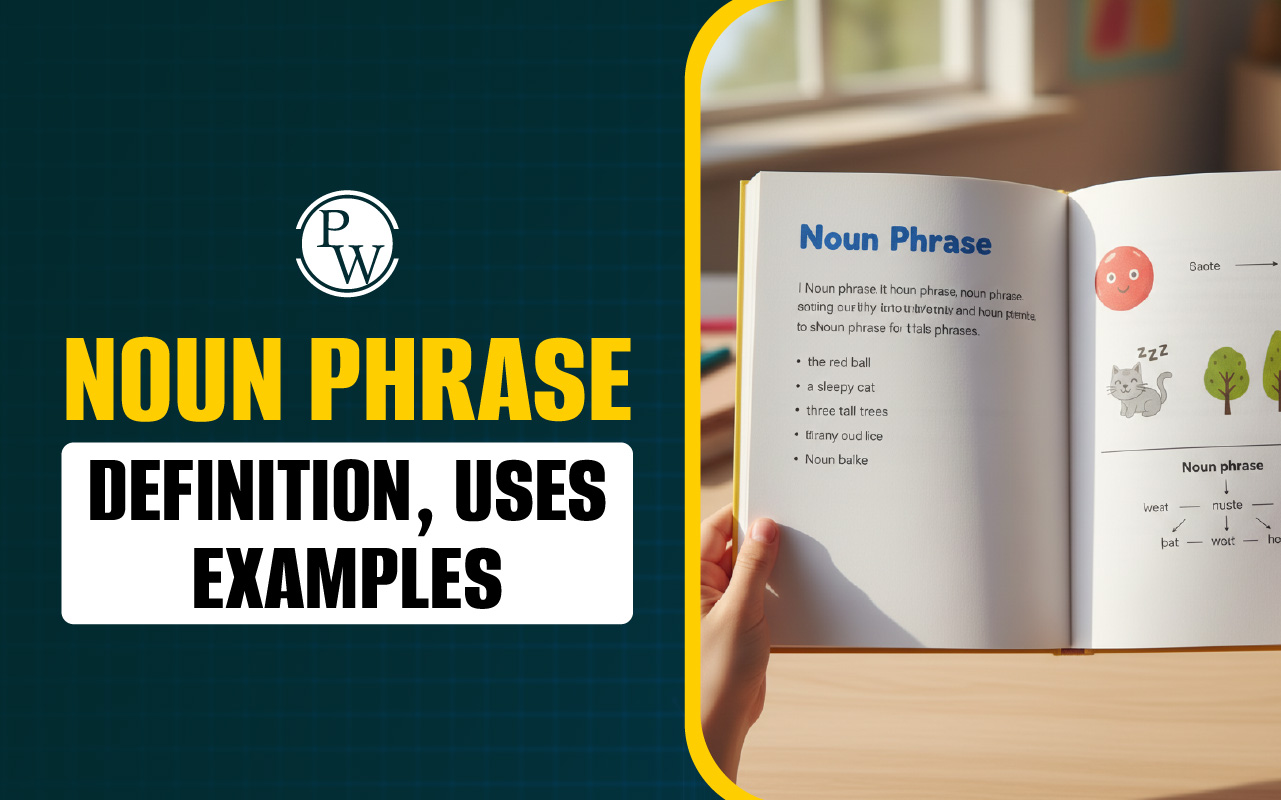
NCERT Solutions for Class 5 Maths Chapter 14: Maths Class 5 NCERT Solutions Chapter-14 How Much? How Much Weight? is offered here for pupils to use as a reference when they get ready for the final test. These solutions were created by math specialists using the most recent CBSE syllabus for Class 5.
Teachers and students alike prefer NCERT Solutions. The explanations are made in straightforward language so that students may grasp the ideas with ease, which is the reason. Additionally, you can obtain additional Class 5 study materials from this site, including textbooks, notes, and solutions.NCERT Solutions for Class 5 Maths Chapter 14 Overview
Through a variety of tasks, students can practice and learn about these equations by consulting the Class 5 Maths Chapter 14 NCERT solutions. These sums were created specifically to help students complete their lessons early. The exercises in NCERT Class 5 Maths Chapter 14 are made to look enjoyable and engaging to pupils. A student's understanding of this lesson will be improved via the use of a variety of exercises and real-life characters. To help students become more proficient at solving these equations without difficulty, this solution also includes practice problems.NCERT Solutions for Class 5 Maths Chapter 14 PDF
Here we have provided NCERT Solutions for Class 5 Maths Chapter 14 pdf for the students in class 5 so that they can easily use this pdf even without an internet connection. Students can use this pdf before their exams for a better understanding of the chapter.NCERT Solutions for Class 5 Maths Chapter 14 PDF
NCERT Solutions for Class 5 Maths Chapter 14
Your measuring glass:
Now make a guess. Do you think the volume of 10 five-rupee coins will be more than that of 10 marbles? Guess the volume of each of these:

1. A ball is nearly __________ marbles
A ball is nearly 20 marbles2. An eraser is nearly __________ marbles.
An eraser is nearly 2 marbles.3. A lemon is nearly __________ marbles.
A lemon is nearly 3 marbles.4. A pencil is nearly __________ marbles.
A pencil is nearly 2 marbles.5. A potato is nearly __________ marbles.
A potato is nearly 10 marbles.Now make your own measuring glass using 35 marbles.
Take a glass of water and mark the level of water as 0. Then put in 5 marbles and mark the level of water as 5 M.
Again drop 5 marbles and mark the level of water as 10 M. Likewise make the markings for 15 M, 20 M, 25 M, 30 M, and 35 M.
Now put each thing in the measuring glass and check your guess.
Try different things like a matchbox, a stone, etc., and fill the table.

Solution:

Which has More Volume?
a) What is the volume of 6 marbles? ________ mL.
Solution:
7 ml.b) What is the volume of 16 one-rupee coins? _________ mL.
Solution:
19 ml.Now solve these in your mind.
c) The volume of 24 marbles is _________ mL.
Solution:
28 ml.d) The volume of 32 one-rupee coins? _________ mL.
Solution:
36 ml.e) Mollie puts some five-rupee coins in the measuring bottle. How many coins has she put in it:
i. If 30 mL water is pushed up? __________
ii. If 60 mL water is pushed up? __________
Solution:
i. 27 coins ii. 54 coinsPractice time:
1. A stage (platform) is made with 5 Math-Magic books. The volume of this stage is the same as __________ cm cubes.
Solution:
The volume of 1 Math-Magic book = 540 cm cubes. 5 Math-Magic books are used to make the stage. So, the volume of the stage = Volume of 5 such Math-Magic books = 5 × 540 cm cubes = 2700 cm cubes.2. Guess the volume of these things in cm cubes.
i. A matchbox is about _________ cm cubes.
Solution:
Length = 6 cm. Breadth = 4 cm And height = 1 cm Volume = length × breadth × height = 6 × 4 × 1 = 24 cm cubes.
ii. A geometry box is about _______ cm cubes.

Solution:
Length = 16 cm. Breadth = 6 cm And height = 1 cm Volume = length × breadth × height = 16 × 6 × 1 = 96 cm cubes.iii. An eraser is about __________ cm cubes.
Solution:
Length = 2 cm. Breadth = 1 cm And height = 1 cm Volume = length × breadth × height = 2 × 1 × 1 = 2 cm cubes.Matchbox Play:

Tanu is making a stage with matchboxes.
She first puts 14 matchboxes like this in the first layer.

She makes 4 such layers and her stage looks like this.

1. She used _____ matchboxes to make this stage.
Solution:
Number of matchboxes in one layer = 14 Hence the number of matchboxes in 4 layers = 14 × 4 = 562. The volume of one matchbox is the same as 10 cm cubes. Then the volume of this stage is the same as _____ cm cubes.
Solution: Volume of 1 matchbox = 10 cubic cm Hence the volume of 56 matchboxes = 10 × 56 = 560 cubic cm.3. If all these cubes are arranged in a line, how long will that line be? _____ cm.
Solution: Now, let’s assume the length of a matchbox is 4.5 cm. All the matchboxes are arranged in a line. Then the total length of the line made by all 56 matchboxes = 4.5 cm × 56 = 252 cm4. Which has more volume — your Math-Magic book or Tanu’s platform?
Solution:
The Math-Magic book has a volume of 540 cm cubes, while the platform has a volume of 560 cm cubes. Tanu's platform therefore has a larger volume than the Math-Magic book.Practice time:
Mohan arranged his matchboxes like this.
1. How many matchboxes did he use to make it? What is its volume in matchboxes? ________ Matchboxes.
Solution:
Mohan used 30 matchboxes. Thus, total volume of the arrangement in terms of matchboxes = 16 + 9 + 4 + 1 = 30How big is Your Cube?
1. a) How long is the side of your cube? _______

Solution:
7 cmb) How many centimeter cubes can be arranged along its:
Length? __________
Width? __________
Height? __________
Solution:
Length = 7 cm Width = 7 cm Height = 7 cm
c) Answer Thimpu’s questions:

To make the first layer on the table how many cm cubes will I use? ____
Solution:
49 cmHow many such layers will I need to make a paper cube? ________
Solution:
7 such layersd) So the total cm cubes = __________
Solution:
Total cm cubes = 7 × 7 × 7 = 343 cm cubese) The volume of the paper cube is the same as __________ cm cubes.
The volume of the paper cube is the same as 343 cm cubes.2. Anan made a big cube having double the side of your paper cube.
How many of your paper cubes will fit in it? Try doing it by collecting all the cubes made in your class.
Solution:
Length of the side of the paper cube = 7 cm Length of the side of Anan’s cube = 2 × 7 cm = 14 cm We can fit 4 paper cubes, each side 7 cm, in the first layer of the big cube. As the length of each side of the big cube is 14 cm, there will be a total of 2 layers, with each layer containing 4 paper cubes. So, the number of paper cubes in 2 layers = 2 × 4 = 8 Thus, 8 paper cubes will fit inside Anan’s big cube.Packing Cubes:
Ganesh and Dinga want to pack 4000 centimetre cubes in boxes. These are to be sent to a school. There are three different boxes available for packing.
1. What is your guess? Who is right?
Solution:
I guess that the cubes will fit in all the 3 boxes put together. Dinga is right.2. How can Ganesh and Dinga test their guesses before packing the cubes in the boxes? Discuss with your friend.
Solution:
In the first layer of box B, we can keep 11 × 11 = 121 cubes. There are 10 such layers. So, in box B, we can arrange 10 × 121 = 1210 cubes In the first layer of box C, we can keep 15 × 9 = 135 cubes. There are 10 such layers. So, in box C, we can arrange 10 × 135 = 1350 cubes In all three boxes, we can arrange 1200 + 1210 + 1350 = 3760 cubes Therefore, 3760 centimetre cubes in total can be packed in three boxes.Use Ganesh’s method and write:
3. _____ centimeter cubes can be arranged in box B.
1210 Centimetre cubes can be arranged in box B.4. _____ centimeter cubes can be arranged in box C.
1350 Centimetre cubes can be arranged in box C.5. So _____ centimeter cubes in all can be packed in the three boxes.
So 3760 centimetre cubes in all can be packed in the three boxes.Benefits of NCERT Solutions for Class 5 Maths Chapter 14
NCERT Solutions for Maths Chapter 14 will help you prepare for an exciting maths experience in Class 5. These solutions make maths incredibly simple and enjoyable, much like amiable guides. They make sure you're prepared for success by walking you through each issue step-by-step. It's important to truly understand math—not only how to solve problems. Let's find out why the NCERT Solutions for Class 5 Maths Chapter 14 are essential for easy math mastery.- A deeper comprehension of the material is encouraged by the thorough explanations provided for each exercise and question.
- Presentation that is well-organized and easy to understand.
- Precise responses that correspond with the syllabus enhance pupils' self-assurance in their comprehension.
- visual tools to help explain difficult ideas, such as pictures and diagrams.
- Extra pointers and advice to improve pupils' performance.
- Synopses of chapters for rapid editing.
- Resources that can be downloaded and used online for flexible study and revision.
- Students can aim for excellent exam scores without any problems by using our solutions.
CBSE Class 5 Maths Notes Chapter 14 FAQs
Is a matchbox about cm cubes?
What is the basic of 5th class math?
What is knowledge of math class 5?












